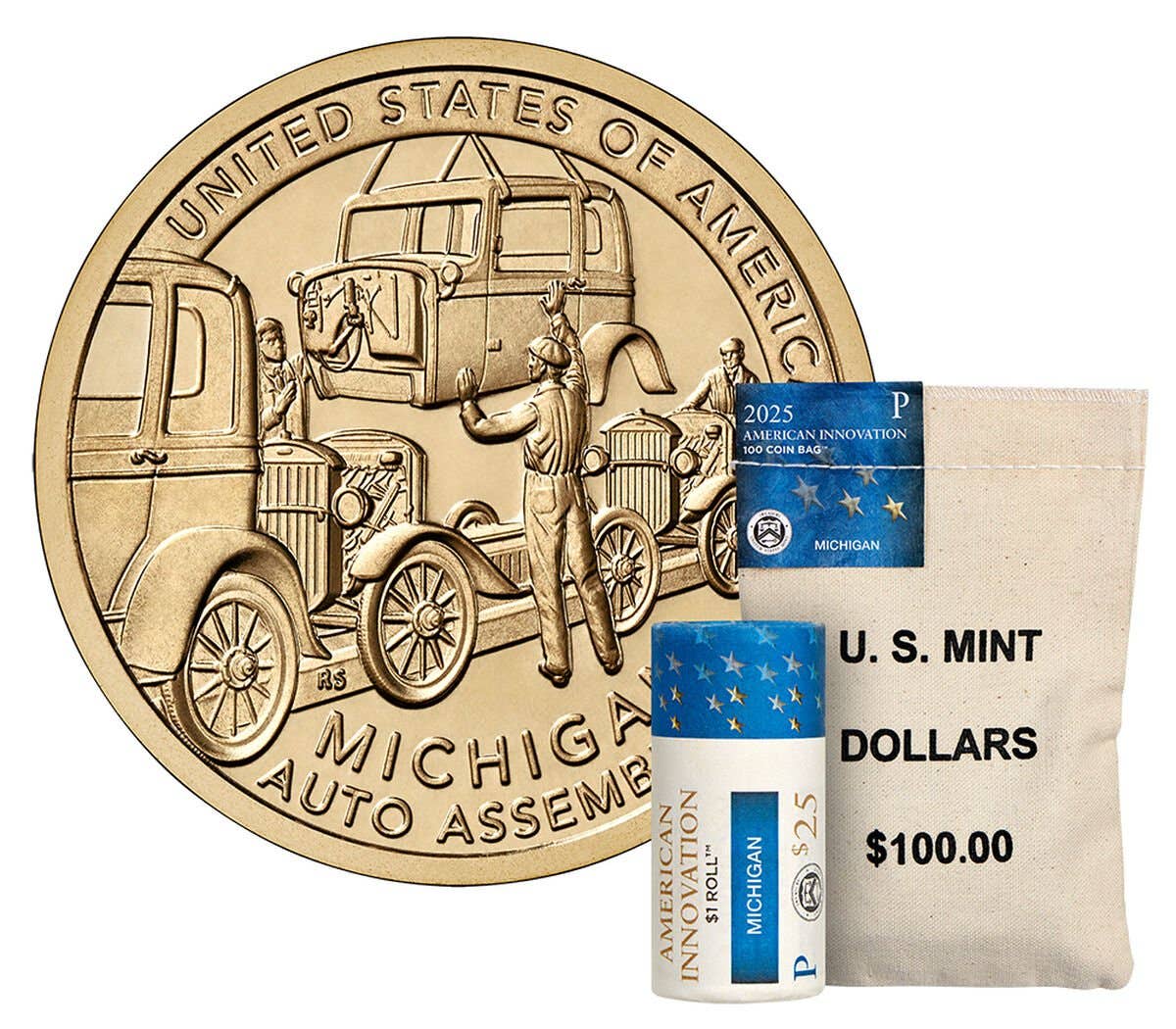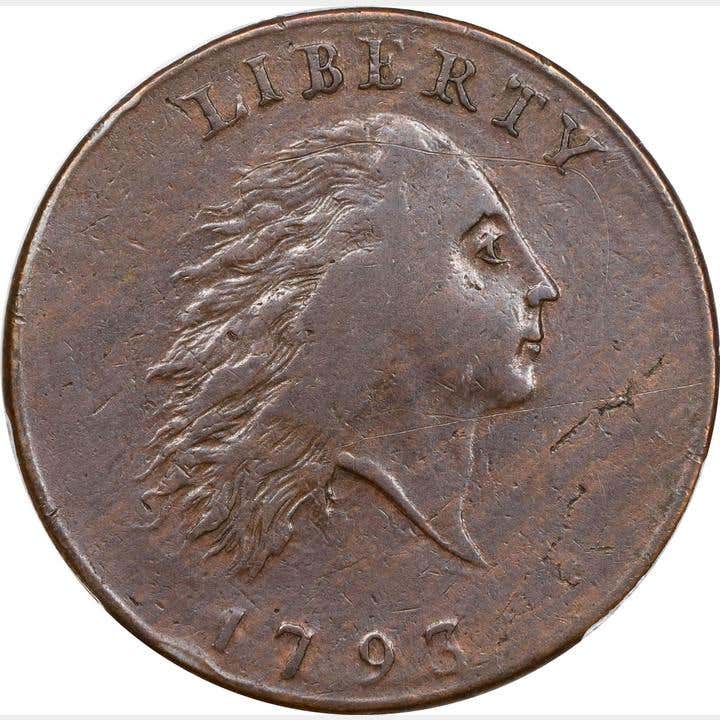Columbus first real person on U.S. coins
Didn’t the early commemoratives show the person facing left?
Didn’t the early commemoratives show the person facing left?
The 1892-93 Columbian Exposition commemorative half with a supposed bust of Columbus was the first U.S. coin to depict a “real” person, followed by the 1893 Queen Isabella quarter and the undated (1899) Lafayette commemorative dollar. In both cases the busts faced the viewer’s left, so this question may have been based on these coins, which did circulate but were technically not part of our circulating coins. I think actually you are confusing this with the tradition for the British monarchs, who changed direction with each new ruler.
Are the photos you (and others) show of rare or unique coins really of the coins or just an artist’s conception of the design?
In nearly all cases, the original coin, often in a museum collection, has been photographed. A significant portion of the editorial budget goes toward the costs of obtaining original photographs. In addition, a number of major auction houses, including Stack’s, has furnished us with negatives from their catalogs. As a result, we have a large storage vault filled with coin and bank note photographs. In recent years we have been transferring the images to computer files to help alleviate storage problems and improve our ability to show a particular coin almost at a moment’s notice.
If letters and numbers are punched into the die, how is it possible to get a letter or number reversed?
You are correct, it won’t work. However, many dies were made – and some still are – by actually cutting the letters or numbers into the die with engraving tools. Since the die design is the opposite, or mirror image of the design on the struck coin, it is easy to get confused and cut a letter or number backwards or, as often happens, at the wrong end of a word.
I have been offered an 1885 “V” nickel in VG-4 grade. The surface is pitted and there are many lines across it. Are these from the die?
It is very unlikely. Any die markings would have long since disappeared on such a worn coin. The combination of wear, pits and scratches makes it imperative that the seller have the coin authenticated and graded before you buy it to ensure that they aren’t hiding an altered date. This is a typical problem with such big ticket items such as the 1943 cents on brass planchets or 1913 “V” nickels. Damage hiding or obscuring a date or mintmark is a red flag warning to stay away from the coin. “Might be” doesn’t get a ride to the pay window.
Address questions to Coin Clinic, Numismatic News, 700 E. State St., Iola, WI 54990. Because of space limitations, we are unable to publish all questions. Include a loose 44-cent stamp for reply. Write first for specific mailing instructions before submitting numismatic material. We cannot accept unsolicited items. E-mail inquiries should be sent to Answerman2@aol.com.








